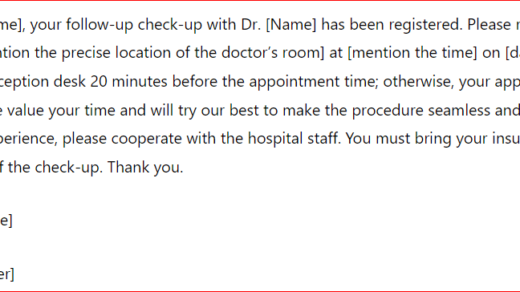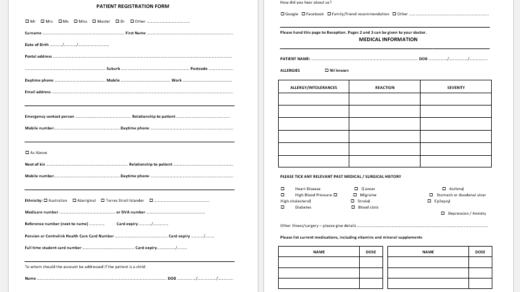What is a consent?
Before doing any kind of medical or surgical procedure, the patient and his relatives are informed about the type of intervention that is going to be done. Written documentation of the method is done, along with its importance and the consequences that would happen if that particular surgery were not performed. As all medical procedures carry a risk of complications, it is therefore necessary to tell the patients about them.
After getting it in black and white, it is then signed by the patient, his guardian, or a relative. This is called informed consent. It is the most important thing done before doing any medical or surgical procedure because patients have the right to know what is going to be done to their body; without it, if any complication occurs, it has medico-legal implications for the doctor and hospital administration.
What is appendicitis?
The appendix is a vestigial organ that is present on the right side of the lower abdomen. It is attached to the gut and is nonfunctional. Due to some reasons, it may get inflamed, which causes pain, fever, and vomiting. This is known as acute appendicitis.
It most commonly occurs in children. In cases like that, it needs to be operated on and removed. Otherwise, it may lead to serious complications, like appendicular mass, appendicular abscess, and ruptured appendix, which may be life-threatening.
It is a clinical diagnosis; however, a complete blood count and ultrasound abdomen are commonly advised investigations. Blood transfusions are usually not required. After obtaining consent, patients are operated on in the emergency room.
How is an appendectomy performed?
An appendectomy is a surgical procedure done to remove an appendix. It is done under anesthesia, and a small incision is made to remove it. The surgery lasts about half an hour, and the patient can be discharged the next day if there are no complications. Stitches are removed after ten days.
It is a simple procedure done by many general surgeons worldwide. There is minimal or no blood loss during the operation. Patients can return to normal activities in a couple of weeks.
Constituents of Appendectomy Consent Form
- Introduction of the patient: name, age, sex, father’s name, hospital registration number, and bed/ward number.
- A brief history of the patient, findings of the clinical examination, and investigations.
- The blood group of the patient.
- Drug history and allergies, if any.
- Surgical consent: a comprehensive description of the surgical procedure, including its duration and method. Alternative surgery to be performed, if any. Result of the surgery and any post-operative disabilities or limitations.
- Post-operative requirements, second surgery if needed, and when.
- Recovery, privacy, and follow-up.
- High-risk consent is obtained whenever there is a risk of intraoperative or postoperative death of the patient.
- Anesthesia consent: advantages and disadvantages of various types of anesthesia and both short- and long-term effects of anesthetic drugs.
- Full name and signature of the patient or relative, in the case of minors.
- Diabetes Travel Letter
- Persmission Letter for Eatables in Office due to Diabetes
- Diabetes Letter to Employer
- Trackers for Medical Facilities
- Nursing Documentation Templates
- Letters for being Unfit to Travel
- Mental Health Evaluation Forms
- Forms Used by Pediatricians
- Various Forms Related to Pregnancy Verification
- Common Forms Used by ENT Specialists
- Patient Registration Confirmation Messages
- Quotation Letter for Medical Services
- Mental Health Letter by Doctor
- Excuse Letter for Absence due to Medical Checkup
- Response Letter to Feedback on Improvement in Hospital



